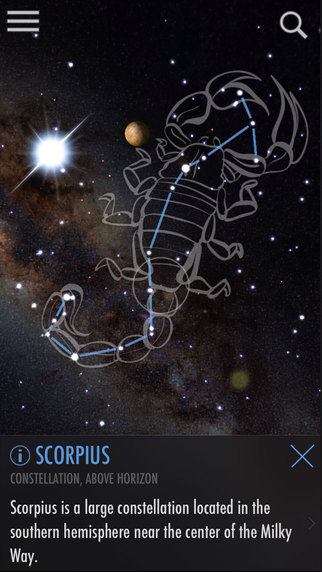 |
| Me, in the office in 1997 |
I can't describe it in any other way.
For sixteen and a half years, we had
Eolian moored in Seattle. Because I worked in Seattle, she was our Seattle home (as it said until only recently over there on the right).
Because I worked in Seattle, my work clothes were in the hanging locker on
Eolian. Because we attended church in Seattle, my fancy clothes were in that same hanging locker. My good shoes, my rain shoes for the winter, my Tevas, my deck shoes were all aboard
Eolian.
Yes, we had a log cabin up on Camano Island... that we visited on weekends, sometimes. My automotive tools were there, and there was a lot of lawn to mow. But for all intents and purposes, the cabin was for us a fancy, expensive laundromat, 68 miles away from the marina.
And then I retired.
And then a slip opened up in Anacortes at the Cap Sante marina.
And we moved
Eolian from Seattle to Anacortes.
That's a lot of changes.
The net result is kind of paradigm shattering for me... we no longer class ourselves as liveaboards. My good clothes are slowly migrating to the cabin. And pretty soon the only shoes I'll have aboard are my deck shoes. We leave the boat for a couple of weeks at a time. And although we have never had a year when we were off the dock as many days as in 2014, there is... a strangeness.
Eolian no longer seems as much like
home base.
As I sit here anchored in Blind Bay and typing this, the view from the office looking aft is the same as it was in 1997 when I started chronicling the changes we were making to
Eolian. But now, aside from those improvements, it is different, somehow.
Nothing stays the same forever - there is always change.
OK, I need to put something to rest. After reading this Jane said, and the comments to this post indicate, that I managed to convey that I am feeling sadness.
NOT SO!
But I am feeling a twinge of nostalgia - fall is a good time for that. This last year on the boat has been the best one we've had. I believe that we've done more actual sailing this year than in any of the past 16 years. And we've been on the boat, away from the dock, 51 days this year
so far... not just short over-nighters to Port Madison, but living at anchor for weeks at a time (he said, typing while at anchor in Blind Bay).
While in the past we provisioned the boat and then set off, we now are staying away from the dock long enough to need to find provisioning while out here. We are living out here in the San Juan Islands for weeks at a time, not just visiting.
(Note that none of the above is meant to take away from our month-long trip to Desolation Sound, where we provisioned for and stayed off the dock for the whole month - that was a special circumstance, proving to ourselves, I guess, that both we and the boat had capacities for long-distance cruising.)
So it is all good!

Nothing stays the same






















































